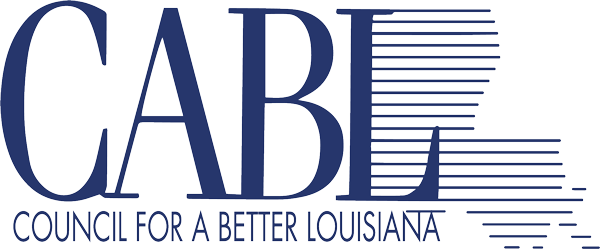
Popular TV meteorologist Jay Grymes recently told the Baton Rouge Rotary that 2016 was the most destructive year in the state in more than a decade. River flooding in January, tornado outbreaks in February, flooding in north Louisiana in March, historic south Louisiana flooding in August and then a drought in the fall.
And that was only the weather.
Indeed, 2016 proved to be a year that many in Louisiana are happy to leave behind. Add to all the weather activity, huge budget deficits at the state level, more than a billion dollars in new taxes, a sagging economy in several areas, and two police-related shootings that grabbed national headlines, and you almost have to believe that what lies ahead in the new year can only be better.
Let’s hope so, but 2017 will bring challenges of its own. One will be the question of what to do about Louisiana’s tax structure. Last year the Legislature took actions to close much of the $2 billion budget gap the state was facing, but in doing so they did some things that caused damage to our tax structure – like raising the sales tax to a combined state and local rate that is by far the highest in the country.
That’s on top of actions taken the year before when they took a more-or-less across the board approach to cutting tax exemptions and credits. While that was clearly an area that needed to be looked at, the way they went about doing it wasn’t exactly the best in terms of tax policy. The icing on the cake is that they made almost all of the tax changes temporary which means they will roll off the books in 2018 and create yet another round of severe budget problems unless new actions are taken.
On the one hand that all looks like another recipe for disaster – and it very well might be – but it could also present an opportunity to correct some serious flaws in our tax structure if we choose to take a responsible approach. That opportunity will come in the 2017 regular legislative session which is a “fiscal” session where all options can be placed on the table.
A special legislative task force that CABL served on spent months developing a roadmap for fiscal reform that is far reaching in the direction that it goes. It’s not a plan to raise taxes. Instead it’s a framework for a new tax structure based on sound principles of tax policy. It doesn’t tell anyone how much revenue to collect. Instead, it simply makes sound suggestions on how the state should go about collecting whatever it is it decides it needs. That’s an important distinction.
Many of the recommendations are bold, many are controversial, and many will be difficult to pass. But all of that’s a given when you’re talking about making a major repair to a broken tax structure. The real test should be whether whatever changes are made are fair to all groups of taxpayers, whether they make us more competitive with other states and whether they provide a sustainable revenue base that can meet the state’s needs for the long term.
What we have now seems to fail on all counts so one would wonder at the wisdom of remaining on our current path. Some lawmakers have argued that many of the recommendations made by the task force are nothing new.
In point of fact, there are a number of new ideas in the report. But it’s also true that there are only so many ways for states to collect revenues and it’s unreasonable to expect that one day we’re going to wake up and discover a new silver bullet. They just don’t exist. There is, however, a fair amount of agreement about the types of things that constitute good tax policy and achieving as much of that as we can should be our goal.
Doing that won’t be easy and will require strong leadership on the part of many. Of course, leadership can be defined in many ways, but one of them is to have a vision of what we want our state to be and then inspire others to come along and make it a reality. Yes, that’s hard work, but it shouldn’t stop us from trying.
